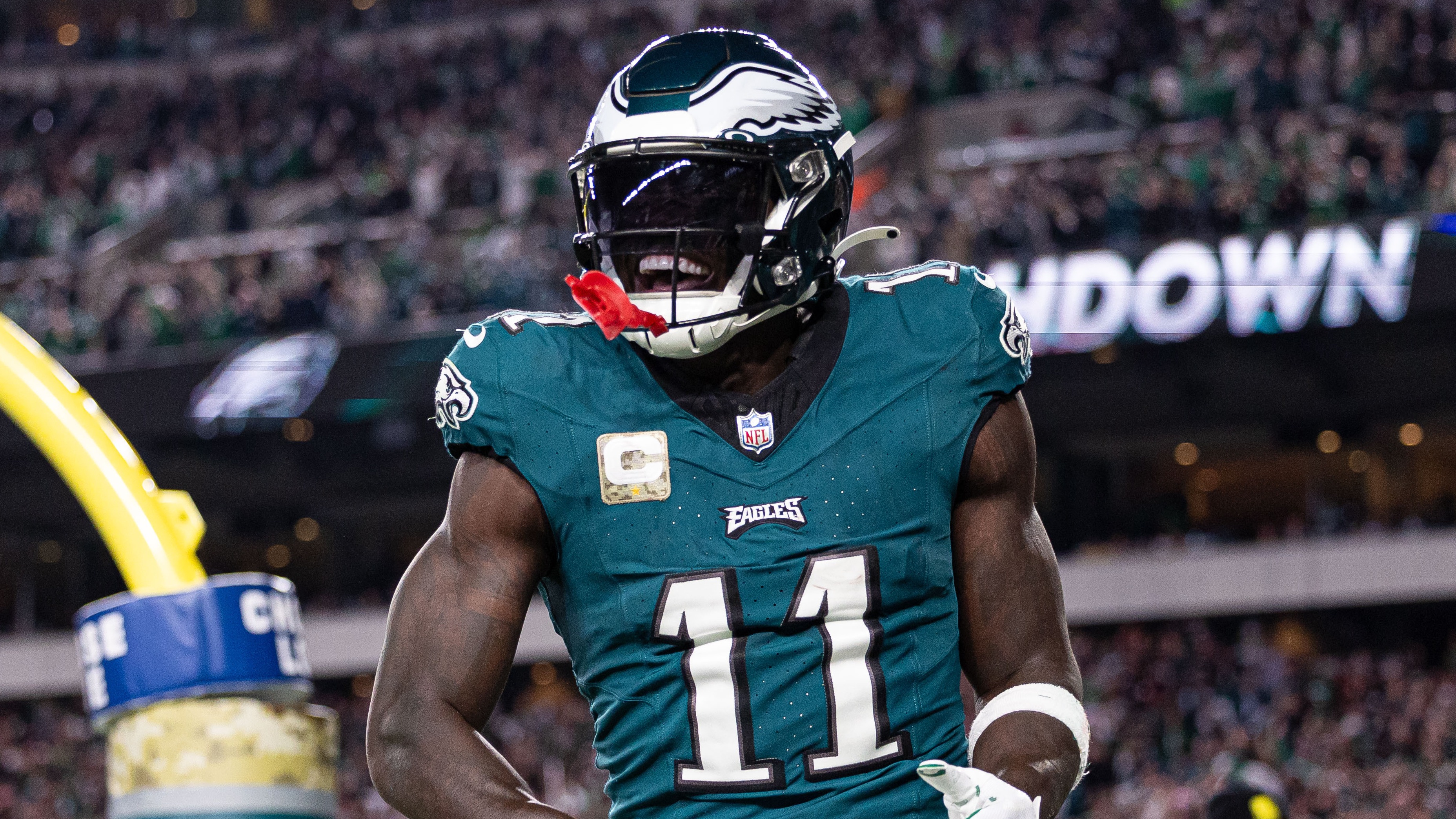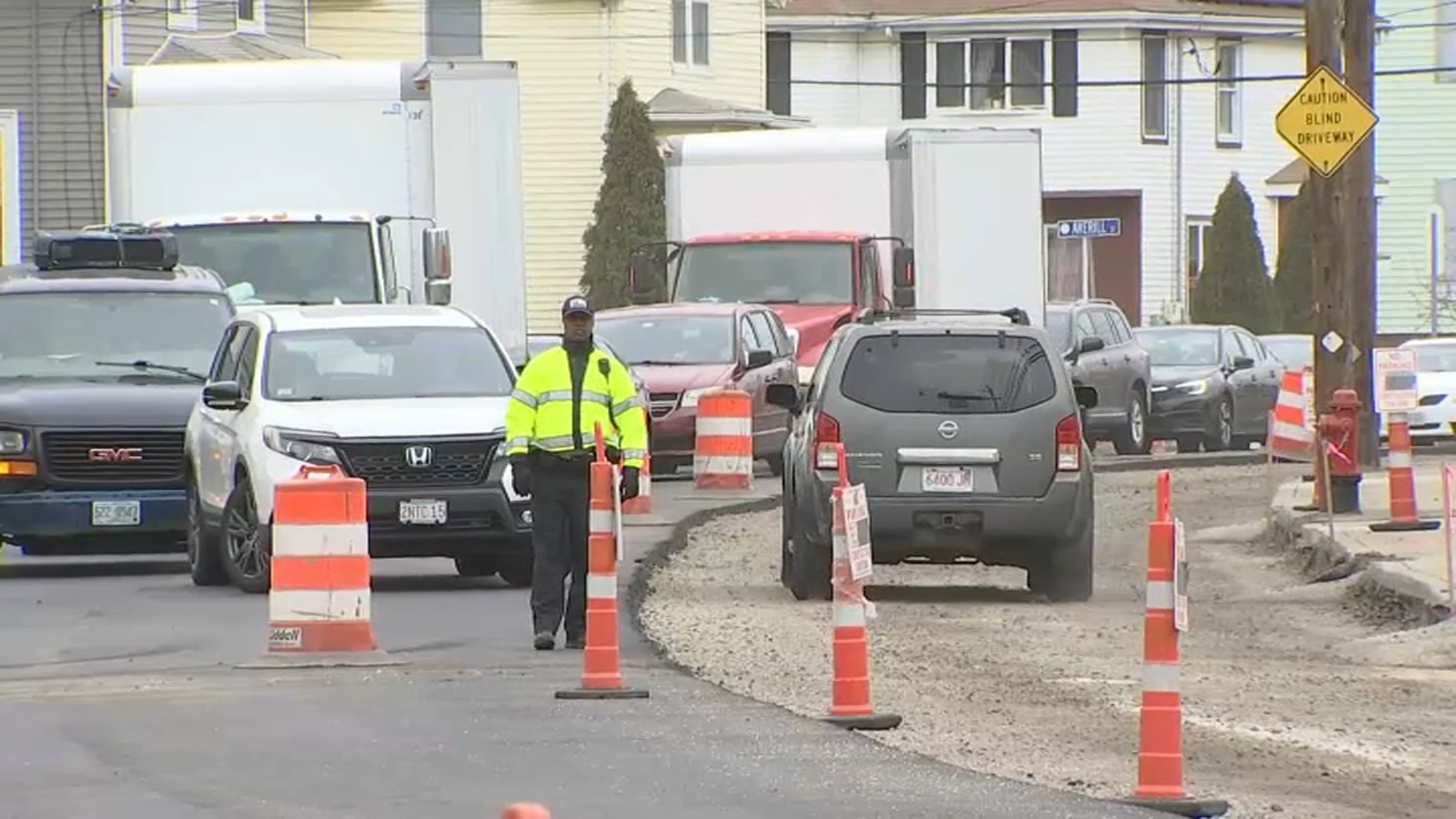Linda Piatelli stood on the commuter rail platform in Attleboro last month, her phone blowing up with alerts from the MBTA.
Her 5:44 morning train to South Station was delayed by mechanical problems. The estimated arrival was more than an hour later.
Hoping to make a meeting in Boston, she crammed onto the 6:19 a.m. train instead. But it seemed slow because it was picking up the slack for the previous train.
“They had to stop at every station to pick up the people that were there for the 5:44 train that never showed up,” Piatelli said.
Piatelli was one of thousands of MBTA riders delayed last month. According to state data analyzed by the NBC Boston Investigators, 10 of the 14 commuter rail lines failed to make it to their destination on time – defined by contract as arriving less than five minutes late more than 90 percent of the time – last month.
There are two ways to look at the numbers. The "actual passenger experience" and "adjusted on-time performance." Actual means was your train at least five minutes late? Adjusted is what Keolis, the company that operates the commuter rail for the MBTA, can be held accountable for.
“Some of them involve issues that involve Amtrak, tracks that are owned by Amtrak, signals managed by Amtrak, routes dispatched by Amtrak,” Massachusetts Gov. Charlie Baker said. “I’m not trying to throw them under the bus.”
Local
In-depth news coverage of the Greater Boston Area.
Take the Worcester line in June: Trains were late nearly half the time - 44 percent. But Keolis was dealing with substantial repairs to the track. And then factor in other things out of their control, like broken Amtrak signals, police activity, and weather, and that number shrinks to the line being late 22 percent of the time.
“The Worcester line is one of the lines that has been challenged,” said Brian Shortsleeve, the MBTA’s acting general manager. “We’re working with Keolis, focused on locomotive availability and coach availability.”
After the catastrophic winter of 2015, when the T literally ground to a halt for days, Baker demanded no more excuses. And by this winter, officials insisted they were ready.
“...the folks here at the T have invested over $100 million,” Baker said at a January press conference.
But last month's numbers show even after that investment and a relatively mild February, lines like Needham, Providence and Stoughton were on time during rush hour just two-thirds of the time.
According to Keolis, about half the delays are five minutes or less, but 11 percent were more than 15 minutes.
From January 2016 through January 2017, we found the worst performing lines were Worcester, at 78 percent on time, Fitchburg, 86 percent, and Franklin, 85 percent.
The best performing lines were Kingston/Plymouth, Greenbush, and Fairmount – all coming in at 96 percent on time, and Middleboro, at 94 percent.
Keolis General Manager David Scorey said last year, the commuter rail as a whole was on time 89 percent of the time. And once adjusted for what wasn’t their fault, their on time performance hit 94 percent.
“There's a lot of maintenance and repair work on the network,” Scorey said.
That’s up about 6 percent from the year before and above the goal they’re contractually obligated to meet before they are fined by the T.
“I think things are on an improving trend. We've got further to go,” he said.
Scorey knows commuters don’t care whose fault it is; they just want to get to work on time. Keolis is drilling down to the granular level as much as possible to prevent delays even by things deemed out of their control.
The French train company is also using technology to try to predict performance problems, like drones to help inspect bridges, spot down trees, and even fallen leaves on tracks.
And they’re testing glasses fitted with cameras so Keolis can connect a technician in the field with an expert anywhere in the world to make repairs faster and cheaper.
All this, they hope, will keep commuters like Jessie Robinson riding the rails and off the road.
“There are definitely days when I’m waiting for a half an hour and I just decide to forget and I drive up to Quincy and I take the subway,” said Robinson, who rode recently from Bridgewater to UMass/JFK.
The T said that last year, Keolis paid more than $3 million dollars in performance-related fines. According to its contract, Keolis is penalized if their adjusted on-time performance – less than five minutes late – per line falls below 92 percent on average.
They also cannot fall below 90 percent on time in any given month.
The MBTA decides which reasons that make a train late – weather, police activity, freight or Amtrak train traffic – are Keolis’ responsibility and which are not.
According to data Keolis provided to NBC Boston, its 14 train lines missed the monthly 90 percent mark only 17 times over the 13 months from January through last January.



